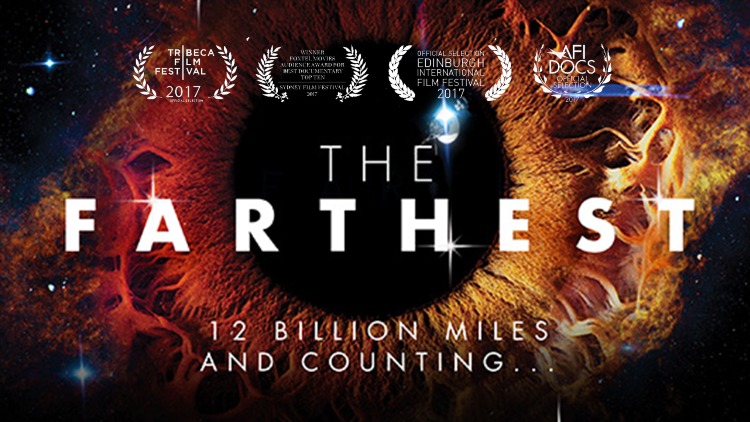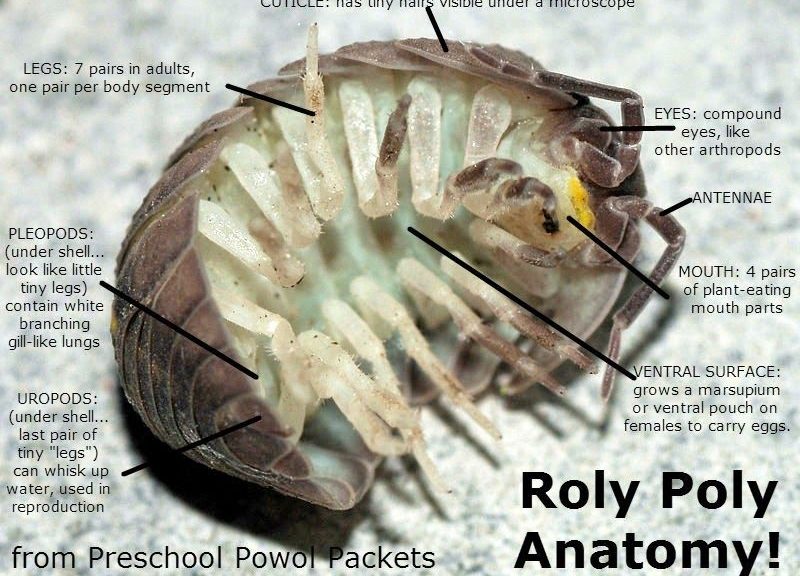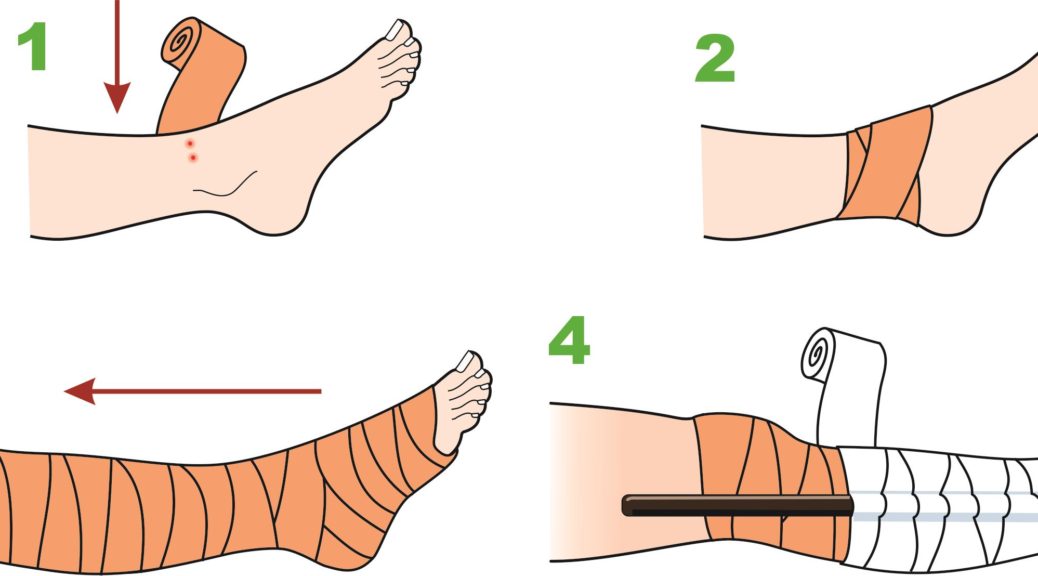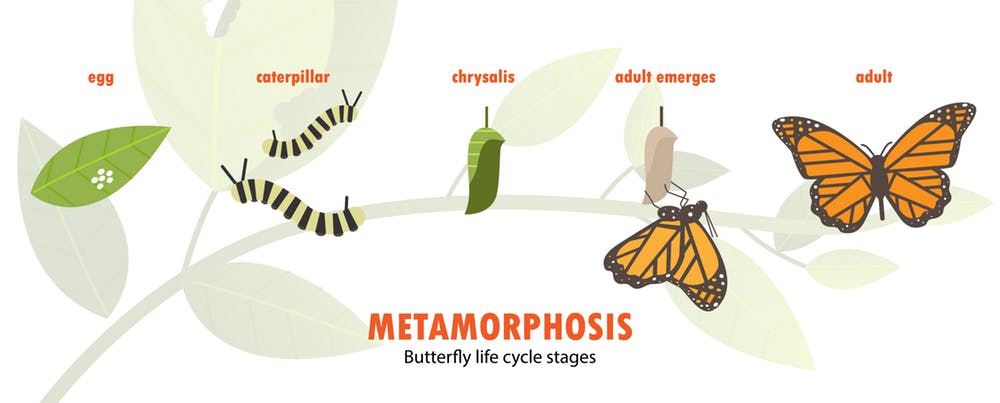The Farthest: Voyager in Space (Documentary Summary)
My favourite documentary. The part that it took years to get messages from Voyager from thousands of miles away and decades to follow fills me with wonder and awe. These scientists created a child and followed it until they had to say goodbye. Click here for a 3D interactive view of the Voyager and all it’s parts. 1977 scientists embarked on the most audacious space mission. Sending voyager into space and beyond our solar system. They calculated positions of Jupiter,…



